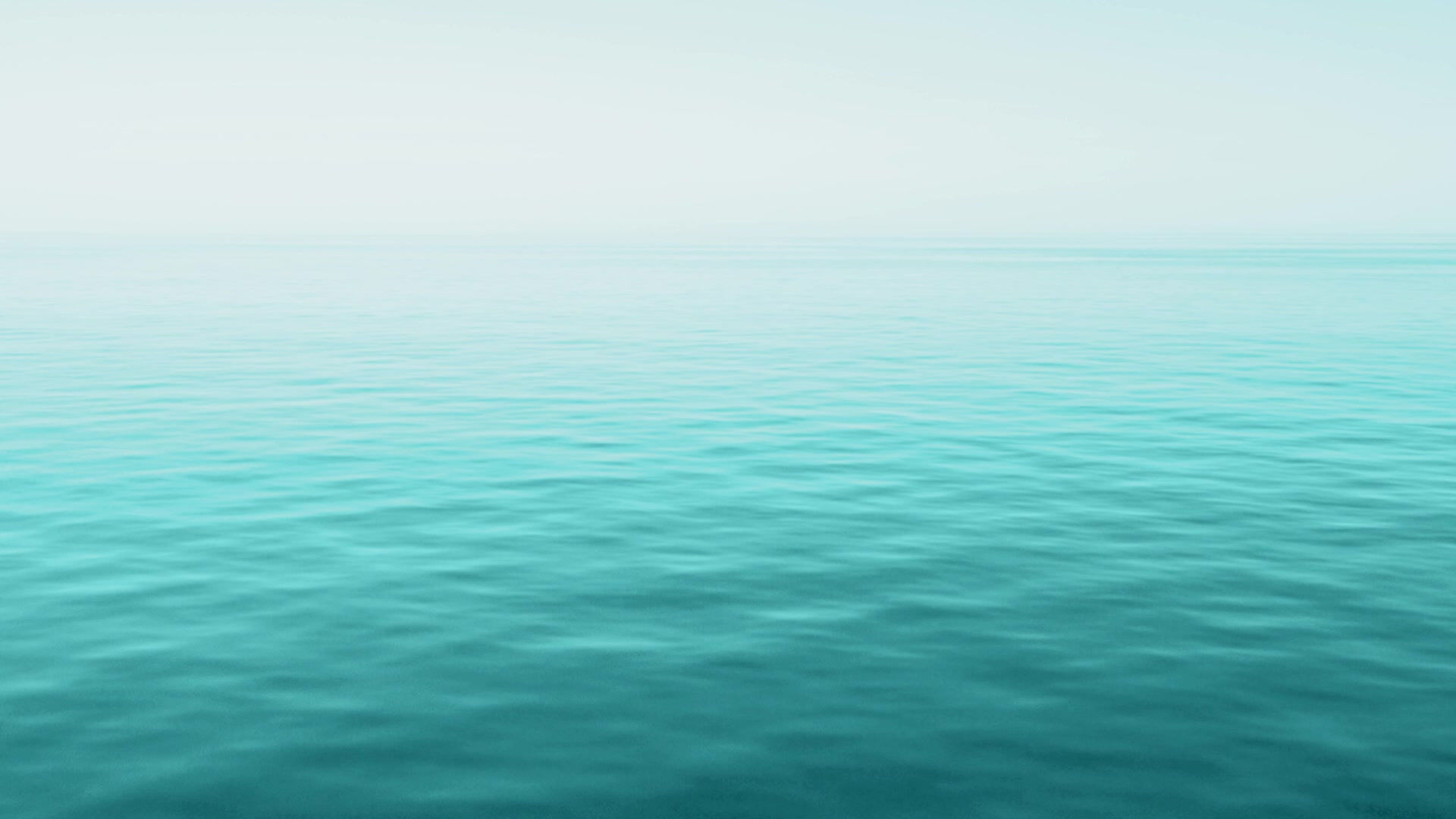Sustainability in the Bay
- BB Citizen Science

- Aug 27, 2022
- 2 min read
Updated: Aug 28, 2022
Bay and Basin Citizen Science Club welcomed acqua-culture scientists Scott Walter and Paransheel Sadioura, of Jervis Bay Mussels and South Coast Mariculture, to the group’s meeting on Wednesday, 24 August 2022.

Scott is Operations Director for Jervis Bay Mussels and Paransheel is responsible for Sustainability, R&D and Compliance. They shared stories of the operation, the rigorous monitoring and compliance, their experiences, wonders and challenges of working sustainably in Jervis Bay.
Scott has a degree in Biology and Biotechnology majoring in Aquaculture from RMIT in Melbourne along with a Graduate diploma in Agribusiness from the University of QLD and Paransheel has a Bachelor in Fisheries Sciences from India and a Master of Science Honours: Major Marine Science and Management from University of Technology Sydney.
Their science backgrounds are critical to their current roles sustainably farming Blue Mussels in the pristine waters of Jervis Bay Marine Park. Scott explained how Blue Mussels occur naturally in Jervis Bay, and their cultivation involves encouraging them to attach and grow on long vertical lines suspended in the water from a horizontal structure supported by surface buoys. The structure has a minimal impact on the sea bed and surrounding marine environment.
The waters of Jervis Bay are exceptionally clean and rich in nutrients. Being where the warm East Australian Current joins the cooler currents from the Bass Strait, it is an ideal environment in which to grow big, healthy mussels.
Did you know?
Oyster reefs are more at threat from human influences and degradation than coral reefs.
Native oyster reefs once dominated many estuaries, but centuries of resource extraction, intensive agriculture exacerbated by coastal degradation have pushed oyster reefs to the brink of functional extinction worldwide.
Mussels and clams filter the water
A single mature mussel can filter around 150 to 200 litres of seawater a day taking in phytoplankton for nourishment as well as removing pollutants. They are being used by coastal cities world wide to clean up polluted waterways. In Auckland, seeded mussel lines filter seawater from beneath Te Wānanga.

Clams are also used as a pollution alarm system. A pumping station in Poland has hooked clams up to a computerised alarm system. When the molluscs encounter heavy metals, pesticides or other pollutants in the water, they close their shells. Computers detect whether their shells are open or closed; the city’s drinking water is being monitored by the clams.





Comments